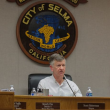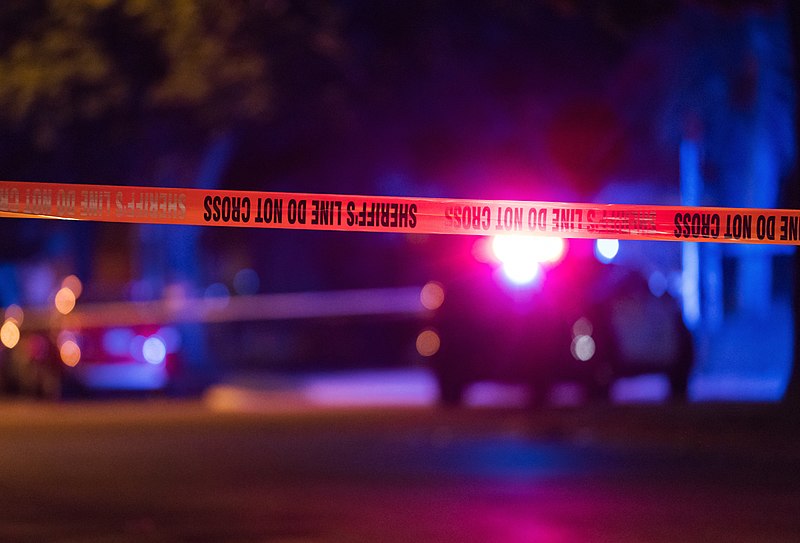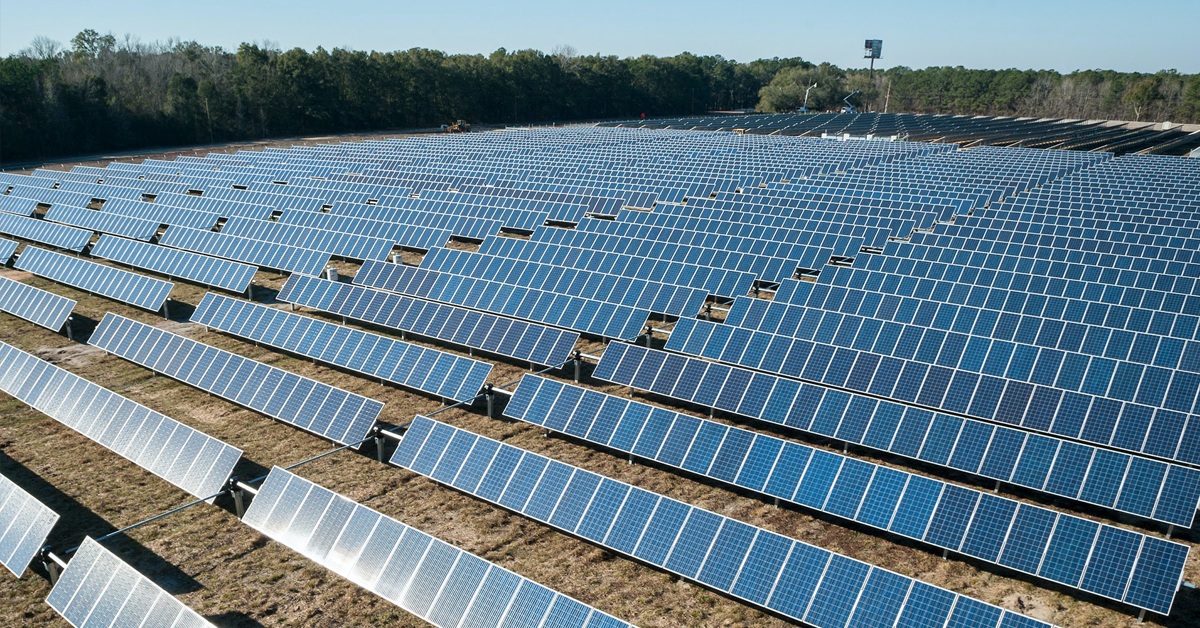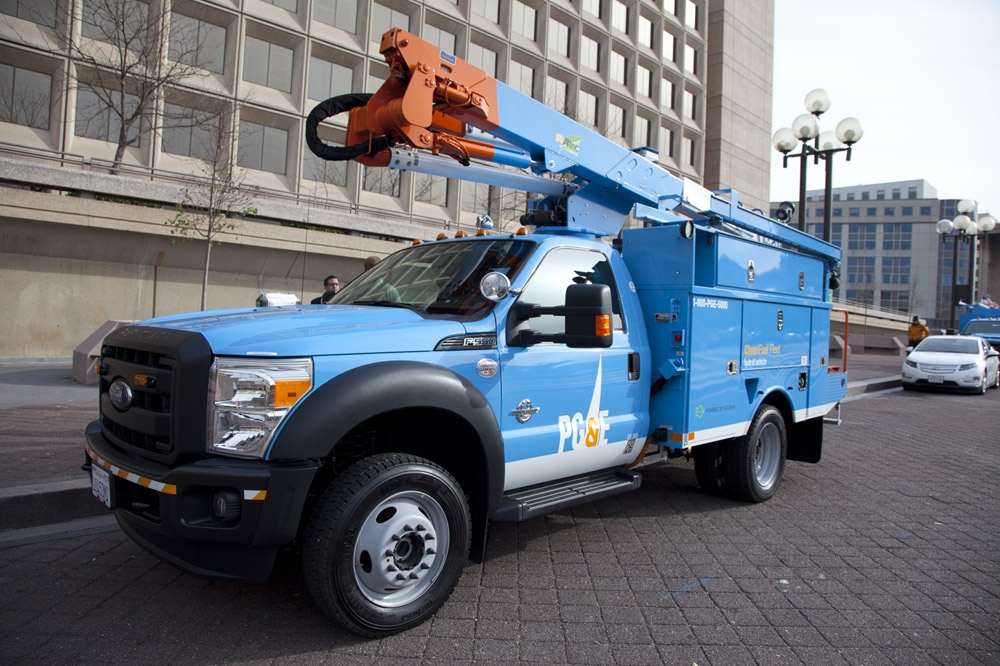A massive solar project in eastern Kern County that was held hostage amid a broader battle between County officials and the Newsom administration was given a major boost by Supervisors on Tuesday.
Supervisors unanimously approved zoning changes for Raceway 2.0, a collection of six photovoltaic solar projects situated on 1,330 acres of land just south of the Willow Springs International Raceway in Rosamond.
The project, projected by its developer – AES Corporation – to generate 291 megawatts of electricity, was held up on unusual circumstances: the collision of tax law and oil-centric political warfare with Gov. Gavin Newsom.
Raceway 2.0 was set to clear zoning approval by Supervisors nearly three weeks ago but was delayed as Kern County Supervisors reckoned with the wholesale denial of fracking permits to Aera Energy for Kern County oil production by California’s Geologic Energy Management division.
Amid the Newsom administration’s push to shutter the state’s domestic oil production – the single largest industry in the Golden Empire – Supervisors found that their prospective contributions to the state’s ever-growing renewable energy sector came at a steep cost.
The reason? A property tax exclusion to property owners that install active solar energy systems on their property.
The exclusion, which is currently set to expire in 2025, temporarily bars Kern County from including the solar system improvements as part of a reassessment.
That exclusion and Newsom-led hostility toward Kern County’s largest industry made the project “a difficult one to consider,” Supervisor Zack Scrivner, whose eastern Kern County district includes the raceway, said during debate on Tuesday.
For its own part, the Raceway Solar Project, which was first pitched in 2018, has seen marked changes beyond tax treatment. It once had a far bigger footprint in Rosamond, which drew significant flak from residents.
For Scrivner, the Sacramento-led brinkmanship over the oil industry led to more contemplation about moving the project forward.
“I think that it’s a funny coincidence – well, maybe not funny – but at least a coincidence that yesterday the Governor denied Aera Energy’s appeals on their fracking permits,” Scrivner noted.
CalGEM, the principal agency governing energy permits via gubernatorial appointment, denied the application.
Despite the attack on the region’s oil industry, Scrivner said he had to set some of it aside to weigh the merits of Raceway 2.0
“Newsom’s decisions are always purely political,” he said. “They don’t weigh science and data when it comes to oil. But this Board doesn’t do that.”
Scrivner underscored the deep issues plaguing the project at the intersection of oil and taxation.
“Newsom’s notion that solar is going to replace oil is a lie – frankly,” he said, turning to refer to the state’s property tax issue. “As long as that exclusion is in place, it’s going to be even more of a detriment.”
The overarching concern is that the built-out solar farm will do little to improve the County’s coffers to fund critical public safety needs, social services, and park infrastructure in a fair manner due to its highly beneficial tax treatment.
The eastern Kern County Supervisor added that county officials have come to “look at lot more closely at how we deal with land use” in light of the project.
“Just to remind those folks up in Sacramento that continue to Browbeat Kern County over our oil industry, we provide more than half of the renewable energy to the state of California and we don’t get a whole lot of consideration of that from Sacramento,” Scrivner said.
How did Supervisors get past the tax issue?
With the property tax exclusion remaining in place for now, it begs the question: what broke the deadlock?
The short answer: battery storage for Raceway 2.0 crossed the street.
No, that’s not the wind-up to a joke.
Under the initial design, Raceway 2.0’s solar battery storage facilities were set to be placed across Avenue A – the Kern-Los Angeles County line – into Los Angeles County.
Battery storage isn’t covered under the solar tax exclusion, Kern County planning director Lorelei Oviatt said, owing to the fact that wind electrons can be stored in those batteries.
In a concession to Kern County officials, AES moved its battery storage across the street into Kern County to improve the tax base of the project.
“The fiscal benefits of this project are significantly different now,” she added.
How significant? Property tax revenues for the project were originally tabbed at $137,000 annually. With the battery storage included, the figure ballooned to a conservative estimate of $637,000.
The fight for ‘fair solar’ is just starting
While moving the battery storage facility succeeded in allaying concerns that Raceway 2.0 would have sufficient benefits for Kern County coffers, the issue of the solar energy exclusion is just getting warm.
Officials with the solar industry circulated a letter to Gov. Gavin Newsom and Kern County officials informing them of their intention to not seek another extension for the solar improvement exclusion to property taxes.
Scrivner called it “a good first step.”
“We’re waiting for this to expire, it keeps getting extended, which adds to our frustration when it comes to these solar projects,” he said.
But solar advocates will be seeking a partial exclusion for certain solar improvements, leaving the issue on the table for the future and a bone to pick for the Kern County panel.
“I’m not interested in a partial exclusion,” Scrivner said. “I’m interested in a fair, level playing field for solar with other industries.”











